Explore the Best AI Image Gallery
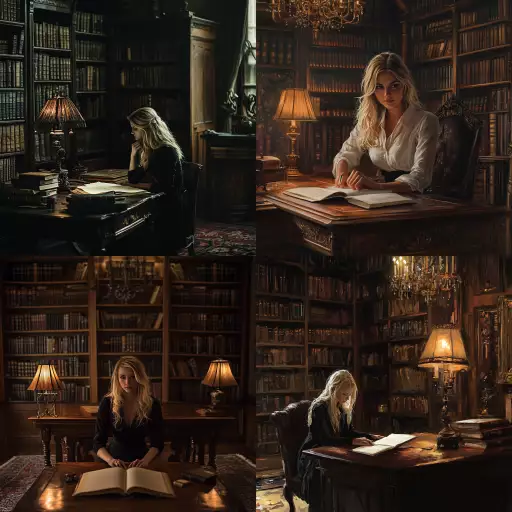
Beyond Canvas and Clay: Blockchains Transformative Impact on the Creative Industry
The intersection of art and technology has always been a fertile ground for innovation. From the advent of photography to the digital revolution, new tools have constantly pushed the boundaries of creative expression. Today, blockchain technology stands poised to revolutionize the way we create, consume, and value art in unprecedented ways.
A New Paradigm for Ownership and Authenticity
One of the most profound impacts of blockchain on the creative industry is its ability to establish verifiable ownership and provenance for digital assets. Traditionally, the ownership and authenticity of artwork have been subject to ambiguity and fraud. Blockchains immutable ledger provides an irrefutable record of transactions, ensuring that creators retain control over their work and that collectors can confidently verify the authenticity of their purchases.
Consider a musician releasing a new song. By leveraging blockchain, they can tokenize each copy of the song, granting unique ownership rights to individual buyers. This allows for direct monetization without intermediaries, empowering artists to receive a larger share of the revenue from their work.
Empowering Creators Through Decentralization
Beyond ownership, blockchain fosters decentralization, disrupting traditional gatekeeping structures within the creative industry. Artists can now bypass established platforms and connect directly with their audience, leveraging decentralized marketplaces and crowdfunding platforms to raise funds for projects and build communities around their work.
Imagine a sculptor creating a limited edition series of 3D-printed sculptures. They can use blockchain to mint each piece as a unique NFT, representing its ownership and authenticity. These NFTs can be traded on decentralized platforms, allowing collectors to connect directly with the artist and support their creative endeavors.
New Avenues for Artistic Expression
Blockchain technology also opens up exciting new avenues for artistic expression. Smart contracts, self-executing agreements written in code, enable novel forms of interactive art that respond to user actions or environmental stimuli. Imagine a digital painting that evolves based on viewer engagement or a musical composition that adapts in real time to the audiences mood.
Furthermore, blockchain can facilitate collaborative creation, allowing artists from around the world to contribute to a shared artwork in a decentralized and transparent manner.
Navigating Ethical Considerations
As with any transformative technology, blockchains integration into the creative industry raises important ethical considerations. Ensuring equitable access to these tools and addressing potential biases in algorithms are crucial for fostering inclusivity and diversity within the creative landscape.
Furthermore, protecting artists intellectual property rights in a decentralized environment requires careful consideration and the development of robust legal frameworks.
The Future of Creativity: A Decentralized Landscape
Blockchain technology has the potential to fundamentally reshape the creative industry, empowering creators, fostering transparency and ownership, and opening up exciting new avenues for artistic expression.
As blockchain continues to evolve, we can anticipate a future where creativity is more decentralized, collaborative, and accessible than ever before. This brave new world demands that artists, technologists, policymakers, and the public engage in thoughtful dialogue to harness the power of blockchain for the benefit of all.

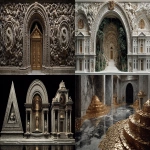

](https://images.ai-img.art/thumbnails/150/4c5bdb0a0a1f761a911521333b9e3463c885aa247b42d1d311a97f2aa2c513d2.webp)







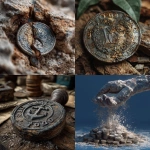









](https://images.ai-img.art/thumbnails/150/469bffae134ea97666025052588e76bb4dd4b6b98c4888cfd7873929a73156ff.webp)

](https://images.ai-img.art/thumbnails/150/985b7bf314caa205e59a2c973e979ce77cf5b24ca39799fffe2e30ea7c79ef07.webp)


](https://images.ai-img.art/thumbnails/150/fe996254fcb758c1365f3a22783ee6112ed5e34579deb401de674b06938efb2a.webp)



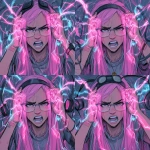
](https://images.ai-img.art/thumbnails/150/b94716d4b88da3e1ec3ab12162616a52ff5698251ac791ddf8478649889a0f47.webp)







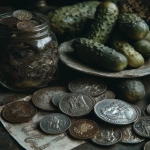
](https://images.ai-img.art/thumbnails/150/4c67c727683a835917441757b71ace563950f9178fa4826e09a55cfb092ac715.webp)